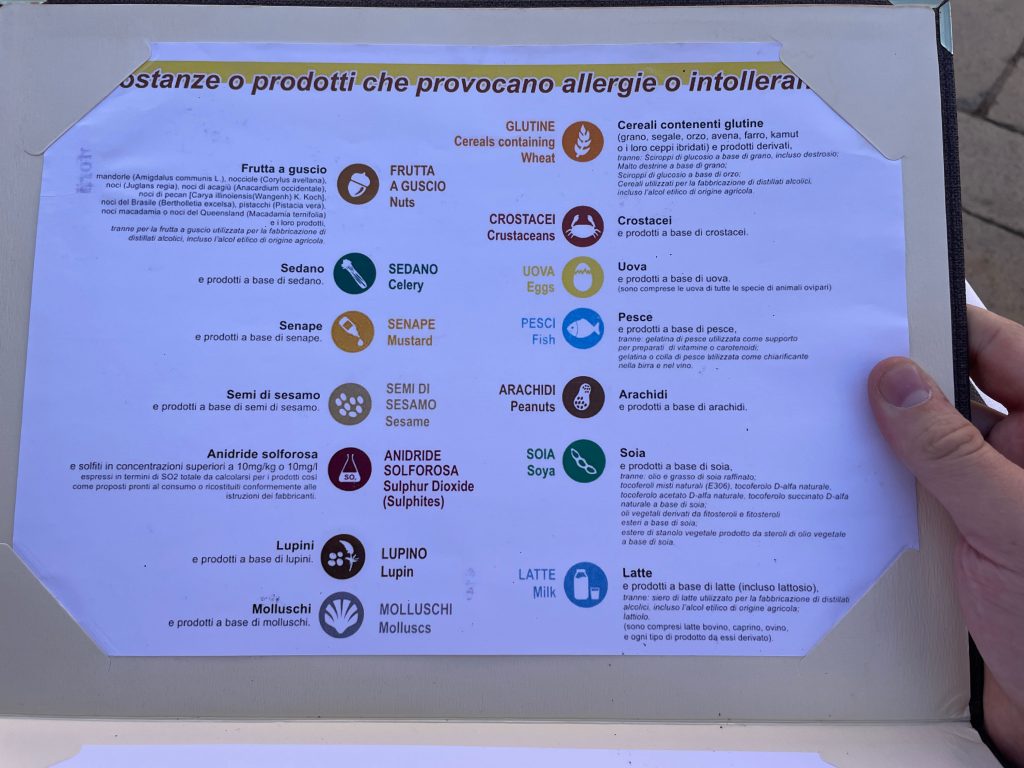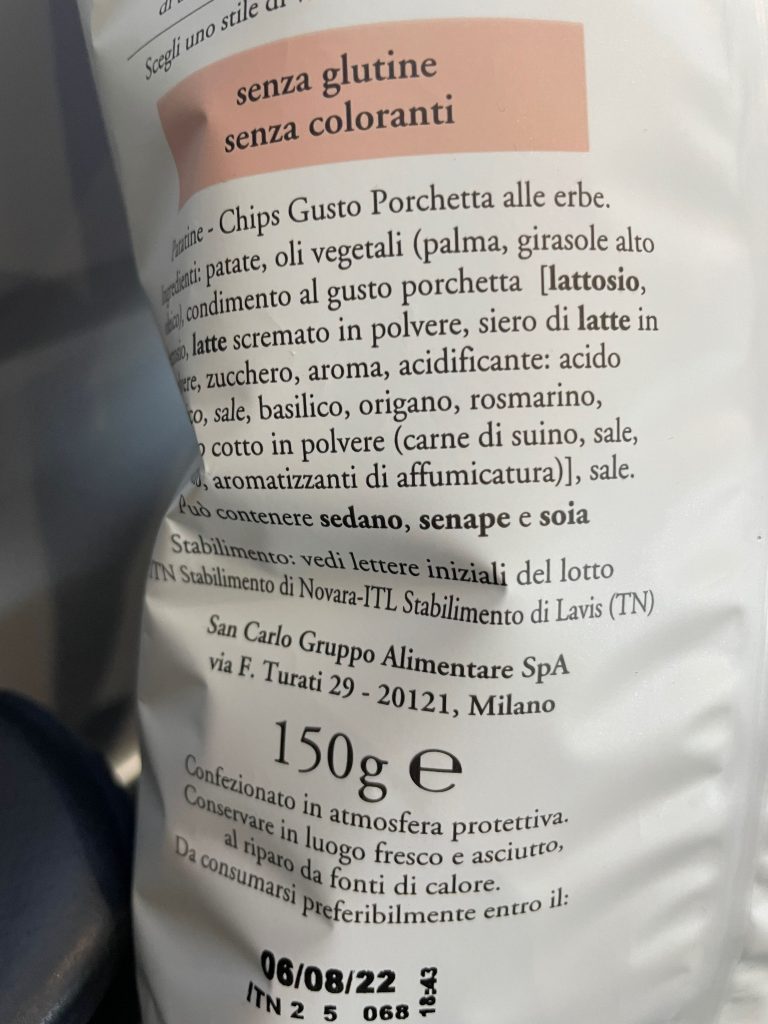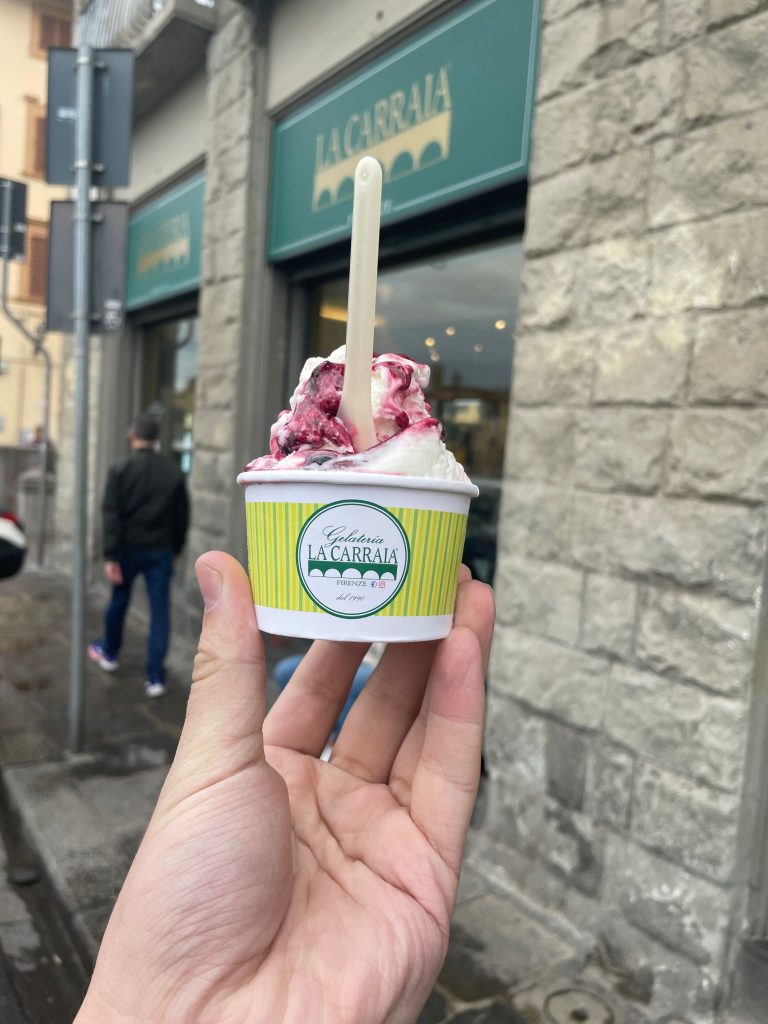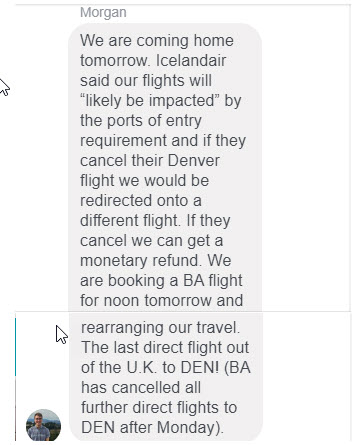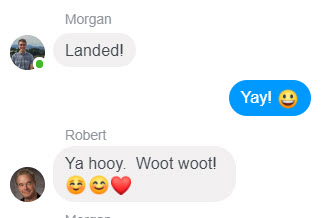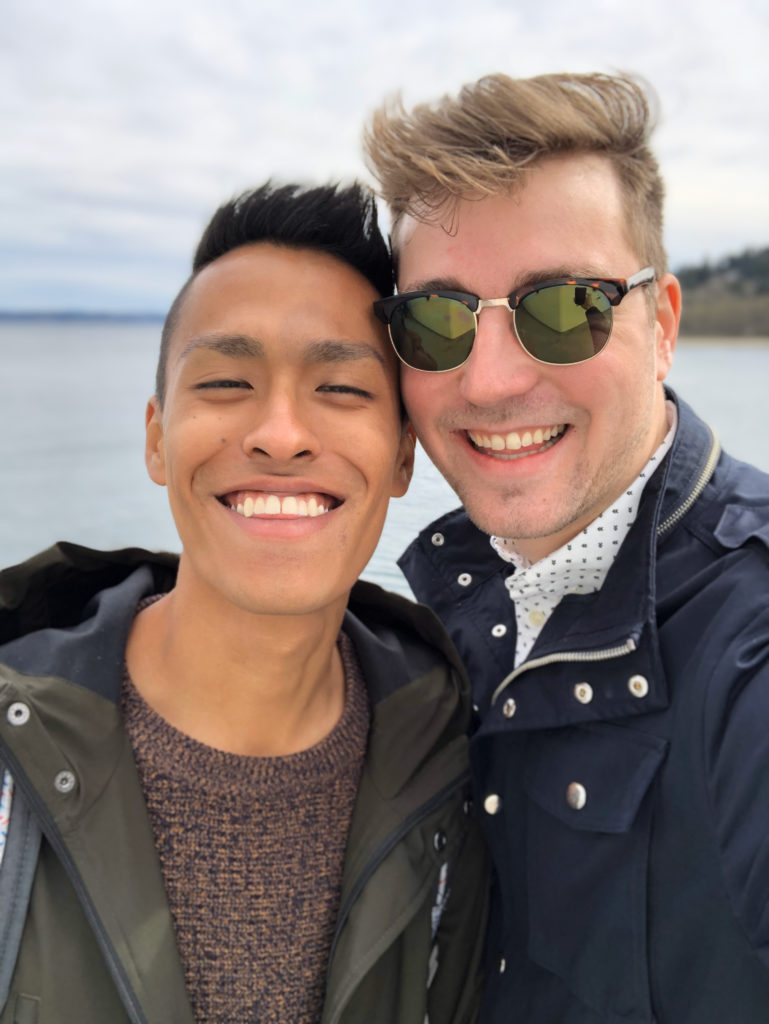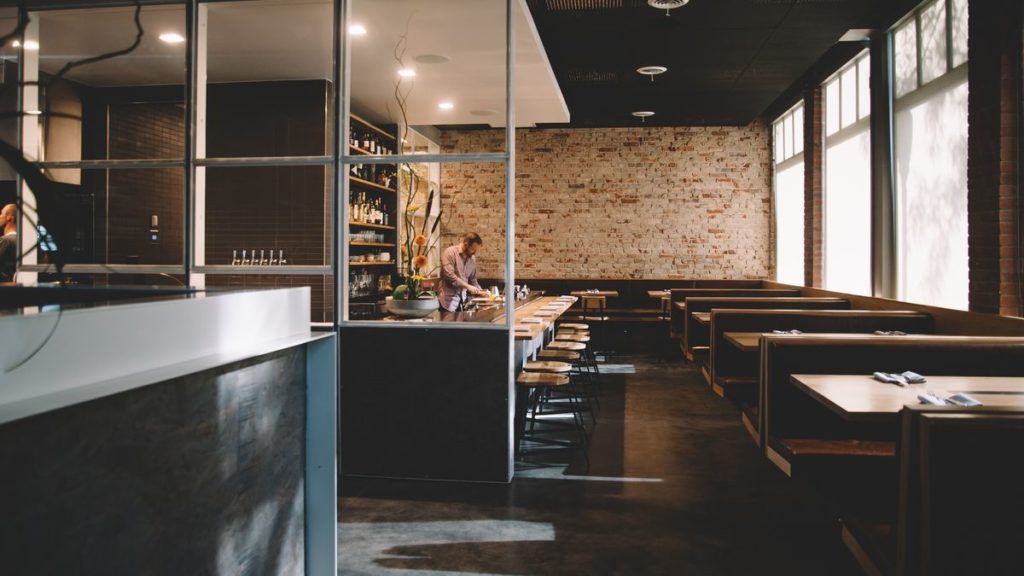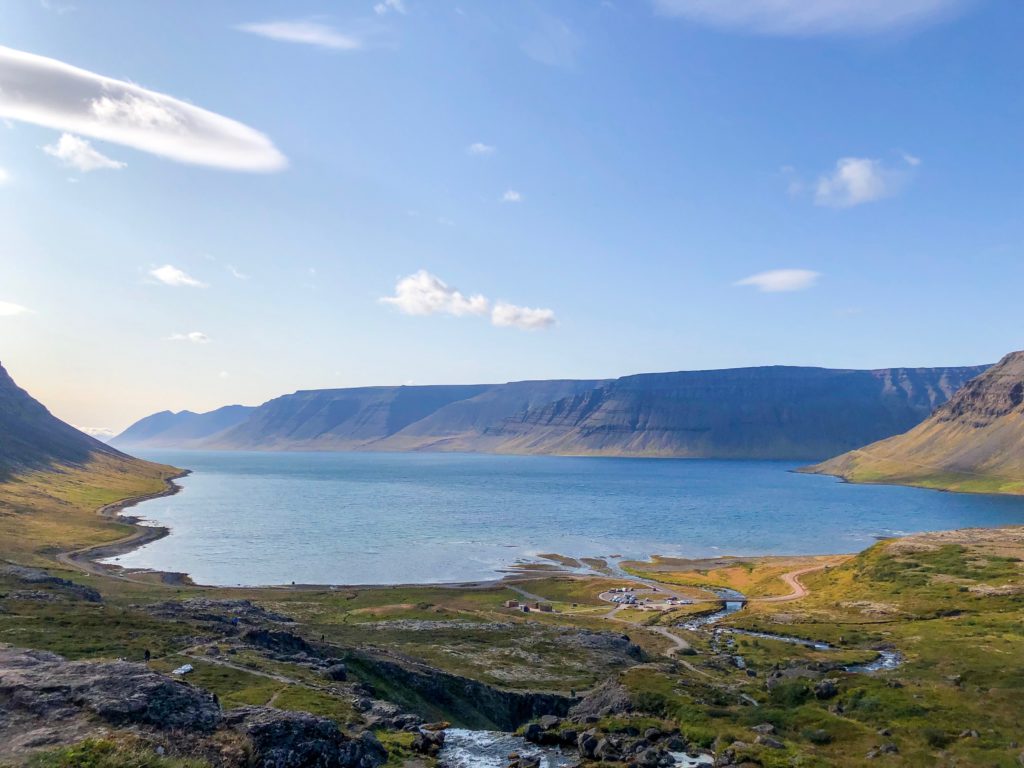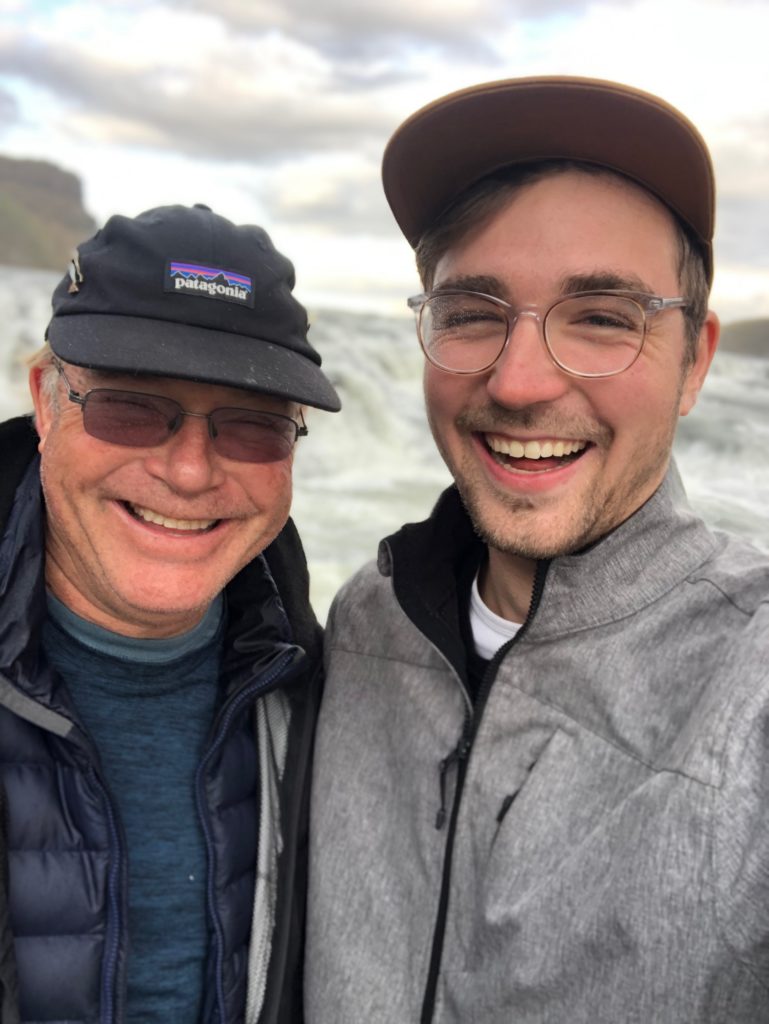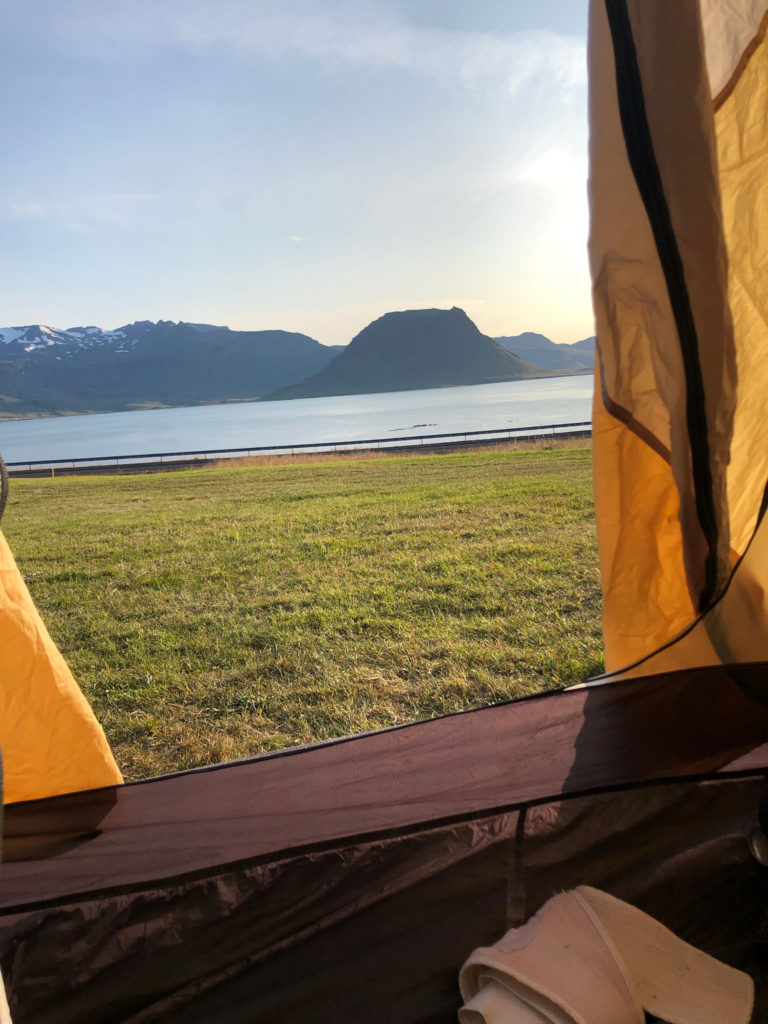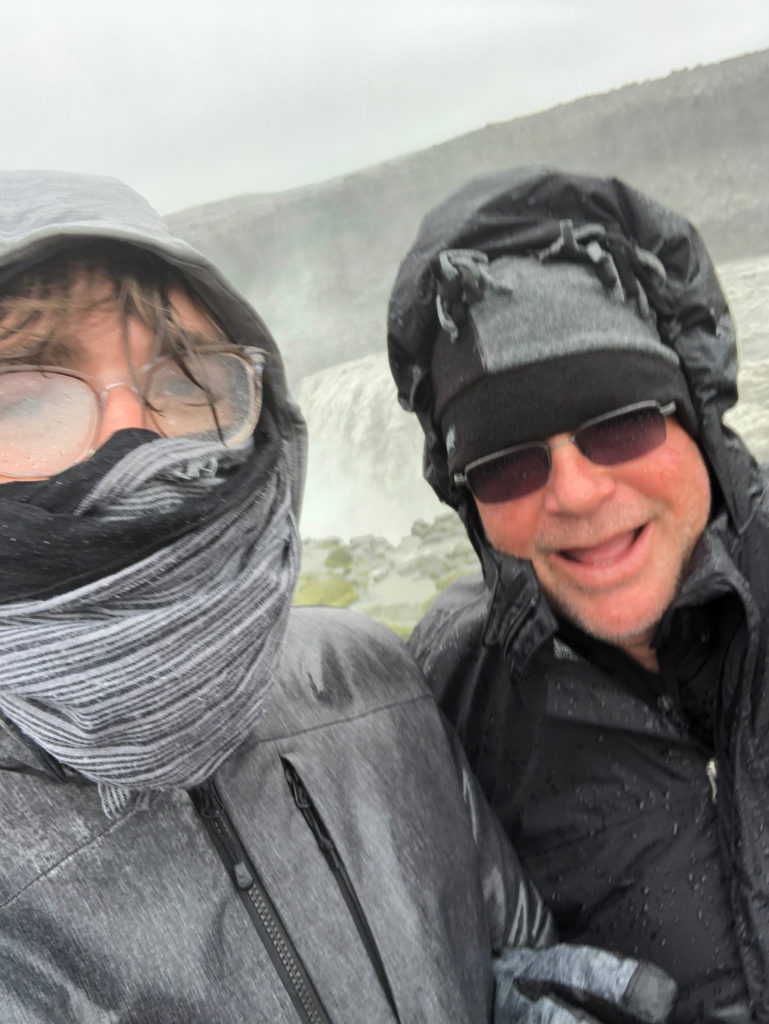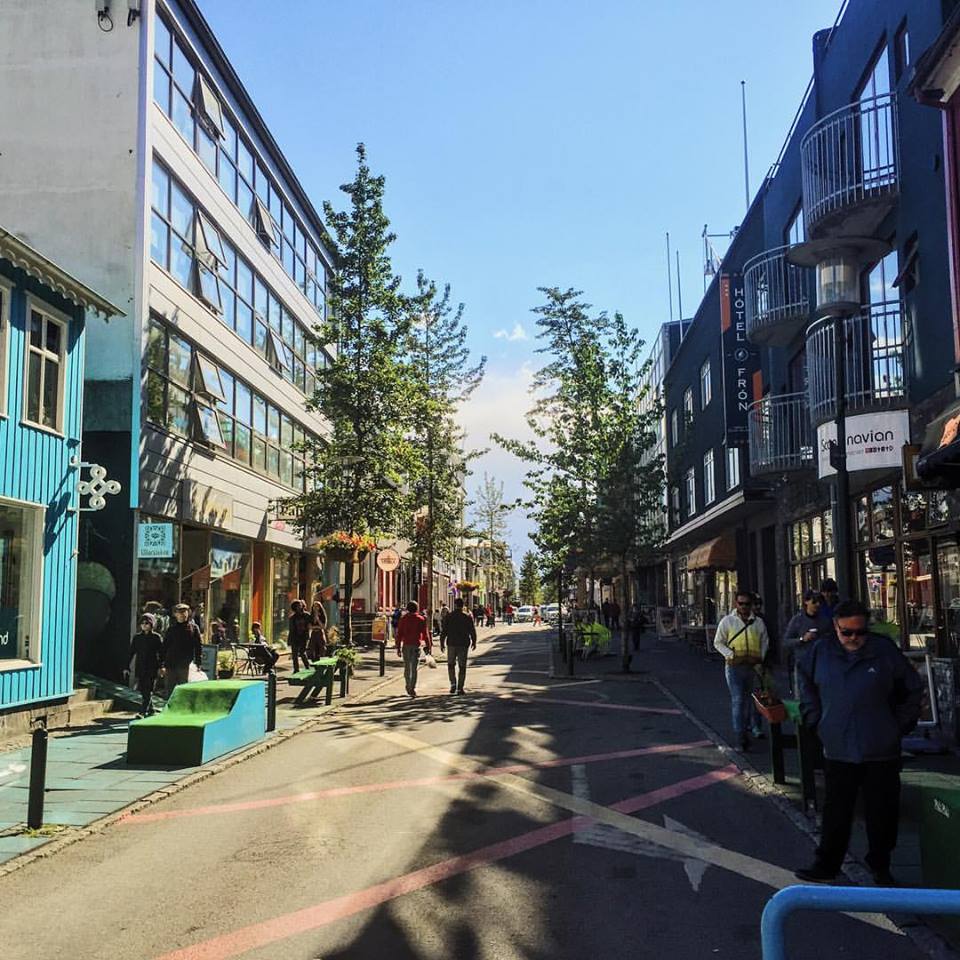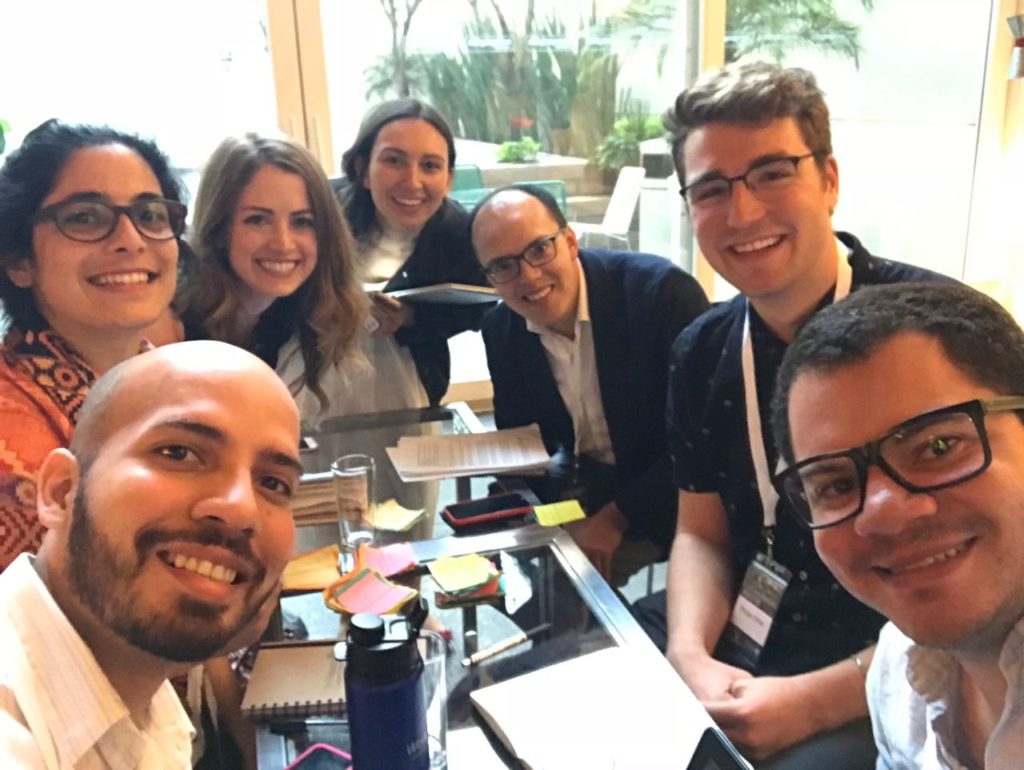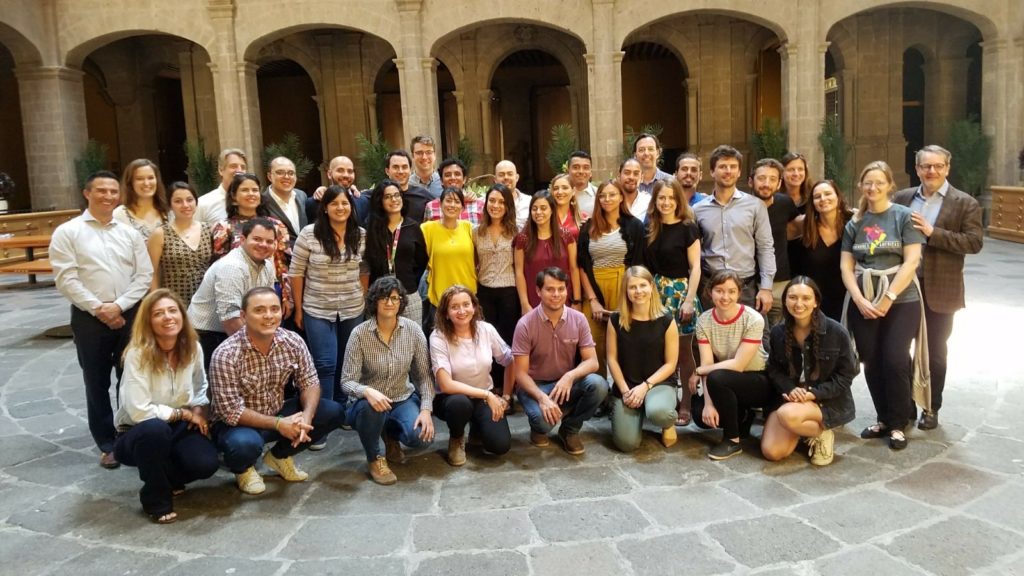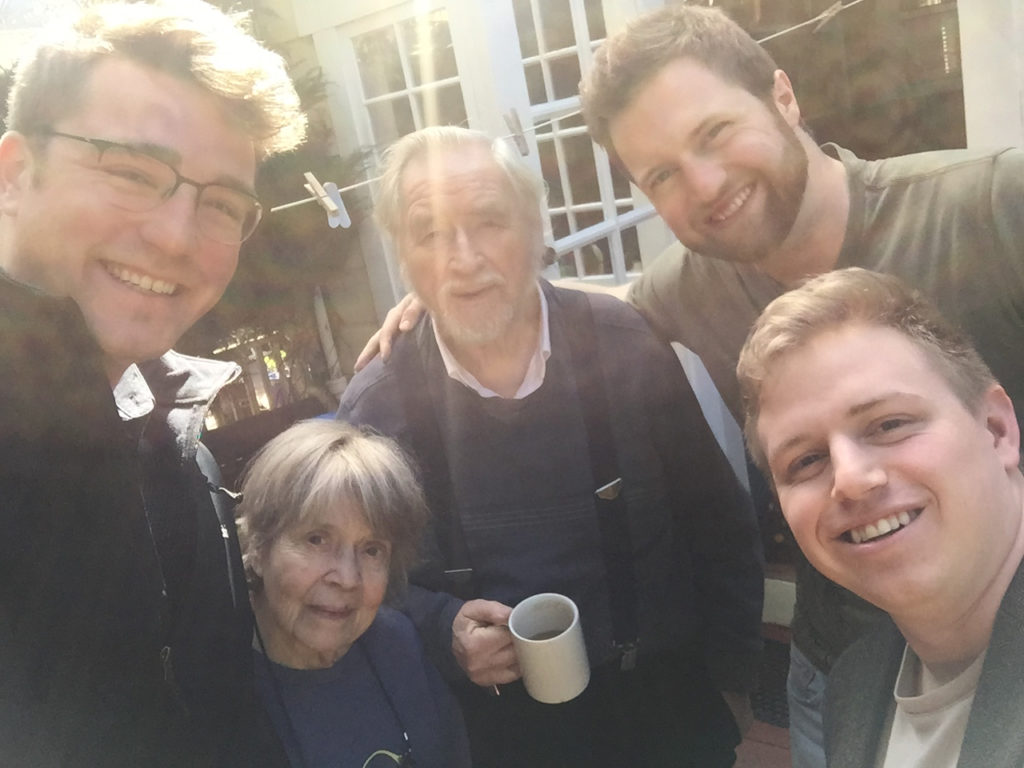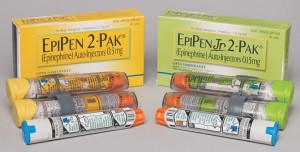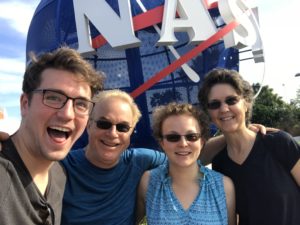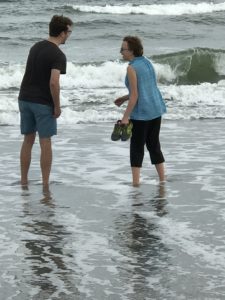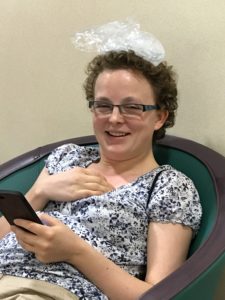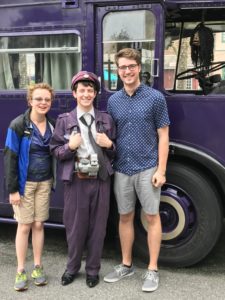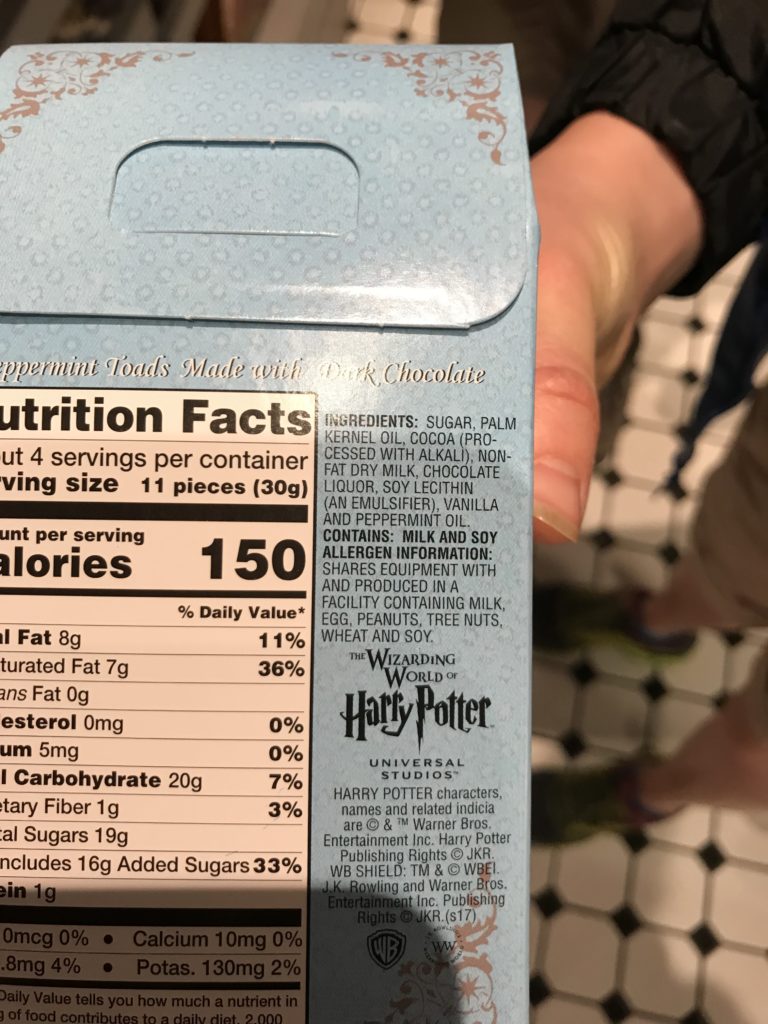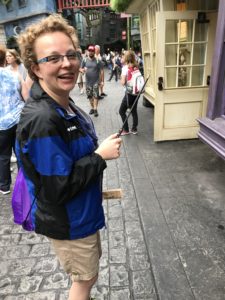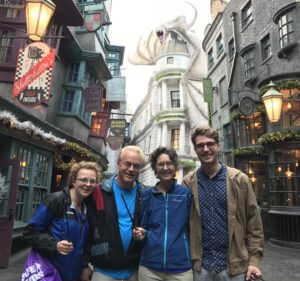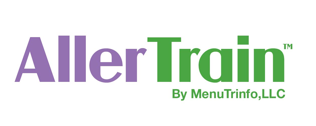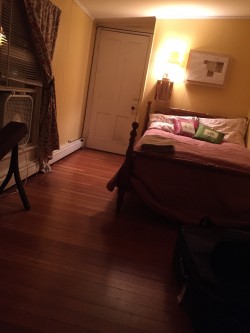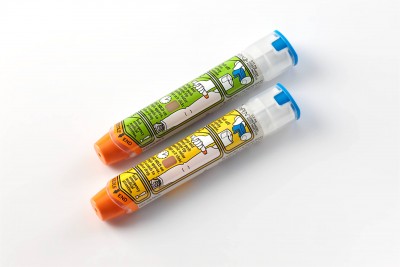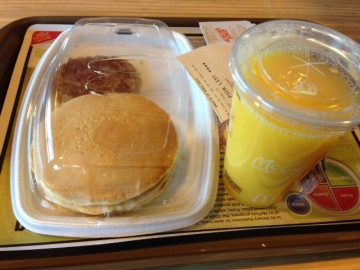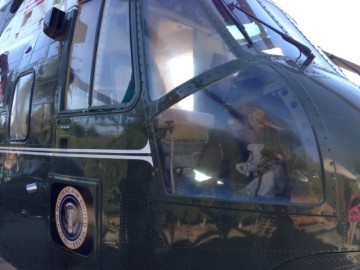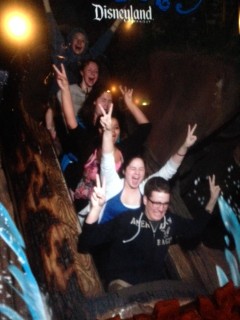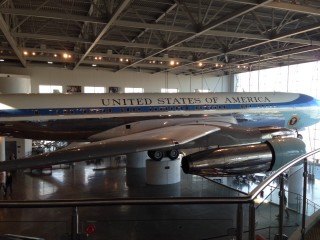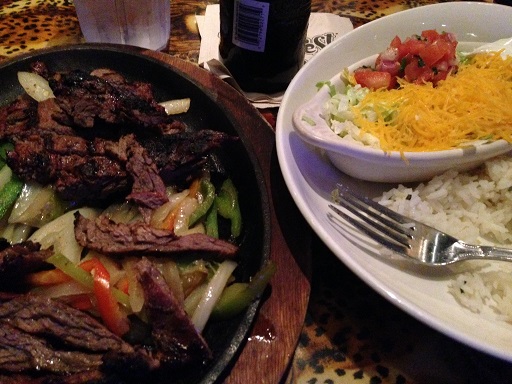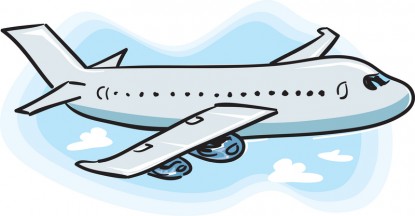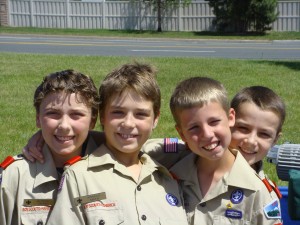Over the past 3 years, I’ve traveled a lot for work – and for fun. I’ve traveled nationally to San Francisco (CA), Tampa (FL), Whitefish (MT), Seattle (WA) and Boston (MA) a lot – plus some recurring trips inside Colorado where I live. I’ve traveled internationally to Italy, Calgary (Canada), Scotland (UK), and Barcelona (Spain). And I’m currently planning more… Chicago, San Diego, Mexico City, New Zealand, and maybe even Portland (Maine)? My boyfriend has joined me on many of these trips and even has done some of his own to Japan.
Even though I’m allergic to peanuts, tree nuts, sesame, shellfish, and fish, I’ve never had an allergic reaction while traveling. I’ve had a few close calls and one extremely angry waiter, but I’ve traveled freely and enjoyed every second. I think it’s easy to look at this and say – oh wow! Morgan’s got it in the bag. That’s not true. I also travel with plenty of anxiety about food and eating out. I’ve learned some tried-and-true tips that have helped me to manage food safely while traveling and to avoid bad consequences.
So I wanted to share these practices that have kept me safe and also share some stories that help illustrate how & why it works.
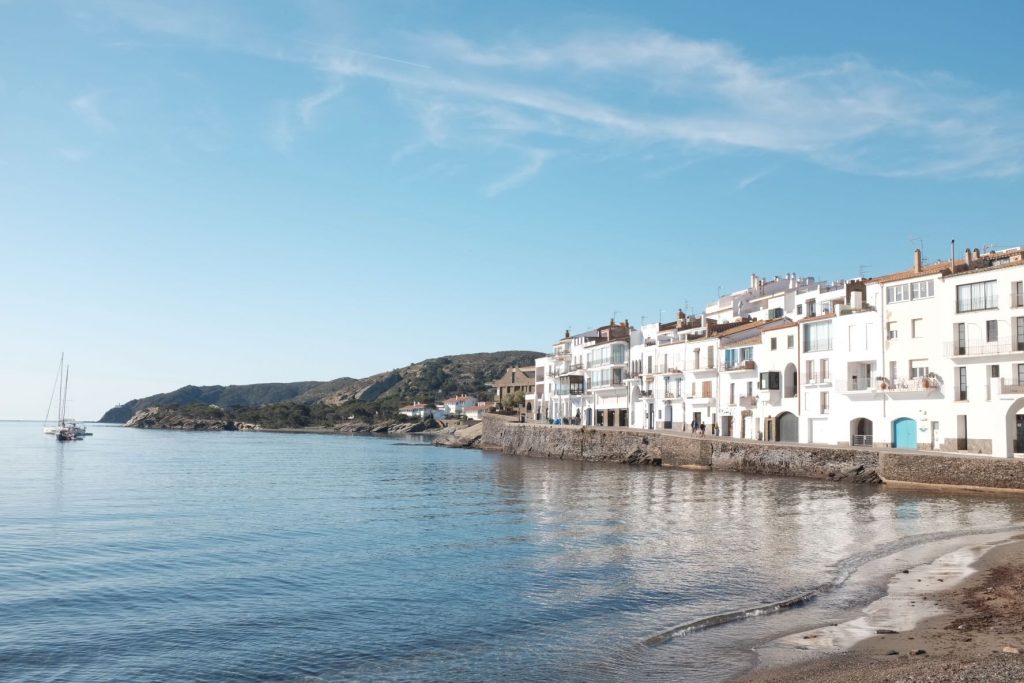
#1. Don’t Take Dumb Risks.
Never had curry before? Don’t try it for the first time on a flight. In a small Irish pub in downtown Boston and they serve fish & chips, but their kitchen looks smaller than yours? Don’t eat the fries. Tell your waitress that you’re allergic to seafood and she says that other visitors with that allergy haven’t had any issues with the food? Don’t take her word for it. Don’t speak the language and you don’t have an allergy card? Don’t eat! Don’t speak the language but you do have an allergy card but you don’t understand their response? Don’t eat!
These are broadly what I call “dumb risks.” They’re dumb! Use your head. Of all the principles and practices, this is the one that has kept me alive. I read news stories – ranging from sad to tragic – about people having allergic reactions or experiencing severe anaphylaxis because (broadly) they took dumb risks.
This could also be called the Jungle Juice rule. If you attend a college fraternity party, they’re probably going to serve jungle juice, a cocktail that usually looks like it’s made in a bathtub… and tastes also like it was made in a bathtub. If you’re allergic to almonds, there are a lot of gins that contain almonds. And chances are somebody bought a cheap gin to make their jungle juice. Did you need to know all of that in order to avoid the jungle juice? Did you need to know the specific gin they used in order to decide not to drink the jungle juice?? No! The jungle juice is a dumb risk, period, whether or not you’re allergic to almonds.
So, a few dumb risks I don’t take:
- Eating anything without telling the waiter about your food allergies
- Eating fried foods at places that serve fried fish dishes
- Eating the bread provided, whether or not it has sesame seeds on it
- Eating dessert at a restaurant
- Drinking something where I can’t identify the ingredients
- Eating meals prepared on a plane
- Eating anything where I can’t identify the ingredients on a proper label
- Eating a meal that is usually unsafe but is promised “it is safe”
- Taking the waiter’s word for it, particularly when there is a language barrier
- Eating at a restaurant where most of the menu is shellfish and there’s one “safe” looking option
I was out for a work trip in Boston and went out to dinner with the clients. We ate at a nice Italian restaurant. After sitting down and looking over the menu, we each ordered our dishes and my colleagues asked for an appetizer to share that was made with bread and pesto. Traditionally, pesto contains pine nuts, which I’m allergic to. I always give my normal spiel (allergic to this and that, please tell the kitchen, etc etc) and the waiter promised it was fine, everything will be processed with the kitchen, but even the appetizer should be okay. Pesto, historically, is not safe! It is a dumb risk to eat pesto while eating out. So in this case, guess what? I didn’t eat the pesto! Five minutes after the pesto and bread is served, the waiter comes back with a concerned look and says – “oh actually, yes the pesto does contain nuts, you haven’t eaten any, have you?”
Bread is the common culprit while traveling with a sesame allergy, but while I was in Barcelona, I was surprised to learn at one restaurant that their bread may contain tree nuts due to the way it’s prepared in the kitchen. I only found this out after ordering and agreeing for bread to be served to the table as a part of the appetizer…. and then mentioning my allergies. It would’ve been a very dumb risk to not mention my allergies or only mention a couple of them!
This is a principle I have learned time and again will save my life. It sucks. Of course I’d like the ease and simplicity of hopping on a plane and eating whatever looks good. Of course I’d like to just hop into any hole-in-the-wall and eat what they offer me when I walk in. Of course I’d like to live a carefree life when it comes to food, drink, and travel.
But I’d also very much like to return home and do it again in a few months, and every dumb risk I might take is a little guarantee that might not happen.

#2. Don’t Travel Internationally to Countries Where You Wouldn’t Eat at the Local Restaurant.
My boyfriend traveled to Japan last year with a close college friend. I would’ve loved to go. But historically Japanese food and my allergies do not mix well. The fish & shellfish-heavy cuisine, the sesame used both as a garnish and inside sauces, the hidden fish used as a base for broth (dashi), and so on. I’ve been able to make my own Japanese cuisine at home thanks to a well-curated recipe list, the endless patience of my boyfriend to verify if things “taste alright,” and a keen curiosity to taste things I’ve never had before.
But here’s the rub. If I’m not gonna eat at the local Chinese takeout place, I probably shouldn’t go to China. Is Chinese food all like the local Chinese takeout place? No! Actually famously, American Chinese takeout is very different than all of Chinese cuisine. But if you’re not gonna get the local version for fear of your own allergies – what are you gonna do when that’s the only kind of food around?
There are a few brave souls who go through the rigamarole of making it work. Maybe one day I’ll be one of those people carting around a hot plate, only eating rice and fresh veggies, and occasionally stopping into some American food joint that’s been exported into the city for a taste of home. But it also feels like a dumb risk going to a country where I can’t eat most of their food.
My combo plate of allergies specifically rules out East and Southeast Asia… and also the Levant / the Middle East. Could I make India work? I don’t know, actually. I do know that there are some surprising uses of nuts in some Indian curries, but I don’t know enough to tell you the difference because I haven’t eaten at a lot of Indian restaurants in Denver! This principle hits the hardest because I love to travel and I’d love to see the shrines in Kyoto and the majestic mountains of Tibet and hop on a little motorcycle and careen through traffic in Bangkok. But it’s just not in the cards. I can’t even eat at my local Thai place.
#3. Create a Shortlist of Options.
There are obviously many places to travel, nationally and internationally, that exist in a sort of “gray zone” when it comes to allergies and intolerances. This gray zone has been widened extensively in the last decade as travel and tourism has expanded as an industry. “Gluten-free” and “vegan” are not crazy concepts. Social media has vastly upgraded people’s awareness of these issues. Does that mean the owner of a small pasticceria in Venice is going to go through all the steps to make sure your food is safe for a dairy allergy? No, probably not. That’s a dumb risk. But it does mean that in some corners of the world, there is a surprising amount of awareness.
I think of this like GPS. In order for your phone to work, it has to ping 3 satellites to find your exact location. So creating a shortlist of options is creating a GPS for a safe meal. I’m figuring out whether (1) the food looks good, (2) the restaurant can probably make a safe meal, and (3) it’s a dumb risk. While traveling in Barcelona, a lot of restaurants were ruled out in buckets 2 and 3. There were specific tapas menus that heavily featured seafood. There were nice, upscale restaurants that had a lot of nuts distributed throughout the menu. Is it possible to get a safe meal there? Maybe! I don’t know. But I’m pinging around my options, trying to create a shortlist of restaurants that I would actually like to eat at and seem relatively safe.
Having this shortlist is so helpful when traveling in a group. I get pretty anxious when a group of friends just say “oh let’s check out this restaurant up the road!” Me? I’m Googling that, looking at their menu, assessing whether there might be a safe option, and whether it’s a dumb risk… all on the car ride over. I try and circumvent this and proactively offer an option from my shortlist. A response could sound like “oh! You know what, I’ve heard there’s this place not too far that serves incredible X, seems like a good stop, I was planning on trying it out.” In groups, there’s a lot of momentum toward someone who already has a plan. Proposing an option and saying “I was planning on trying it out” gets people to be enrolled in what you already wanted.
When traveling Italy in a small town near Lake Como, I already had 4 restaurants on my shortlist. There were plenty more to eat at, but either the reviews looked bad, the food looked bad, or their ability to make a safe meal looked uncertain. We hit up those shortlist options to great success.
When I was in Tampa for a work trip, I made a shortlist so I knew what food options I might have in the area of the event. It came in handy later that night when everyone was moving toward a restaurant I disqualified – and I quickly realized I would need an alternative. I was in a big group so I pulled aside a friend and said, “wanna skip the line? I’ve got another place.” We ended up having 5 or 6 join us.
A quick aside – I actually developed this principle from trial-and-error (more error) while studying abroad in 2016. I was quick to realize that my friends were happy to wander around a city and just sit down somewhere to eat. That wasn’t going to work for me on a number of levels. They were wonderfully deferential about whether I felt safe at a restaurant, but I quickly learned that it was best to have a couple of options to suggest so we didn’t have to stop at multiple restaurants, only for me to say no.
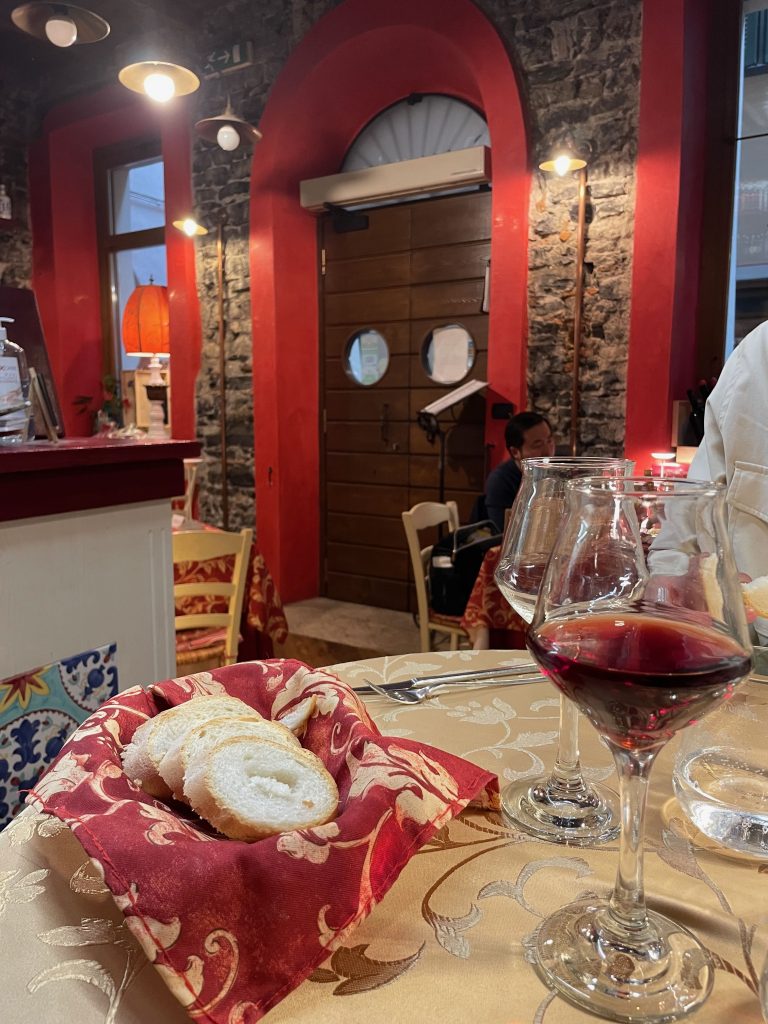
#4. Get to Know Labelling Laws.
One excellent shortcut to eating out is buying your own food. It saves you money and saves you time (and probably anxiety) over eating out. The problem is, every country has their own labelling laws.
Let’s start in the US. Liquor and booze is unlabeled. Manufacturers broadly get to decide whether they add the “may contain” or “manufactured in…” statements. We have our Top 9. And a label looks a certain way.
That’s not always the case! While traveling in the UK, I noticed their labels look very different. Their nutritional values like calories and carbs look different. And the allergy notice, and which allergies are labeled, are different. Same was true in Italy, in Spain, and (from my boyfriend) in Japan. Japan is a curious example here – by law they’re required to label a Top 7 that includes crab, buckwheat, and egg. But it is optional to highlight or bold 27 (!) other allergens like banana, peach, salmon roe, and yam. You’re not gonna find “yam” highlighted in the US.
I always look up labelling laws before traveling somewhere internationally. There is a lot of information out on the Internet about what they’re required to label, how it might look, and what their top allergens are. This is very useful when purchasing goods while on the go. I’m not an expert on these things. But it offers a degree of confidence that I wouldn’t otherwise have when I’m purchasing that bag of chips in the train station.
#5. Get to Know the Culture Before Going.
I’m actually not just talking international here. What’s the famous regional dish? What do people like to eat? How do people like to eat? Are there a lot of a certain kind of restaurant in the city?
You don’t need to be a cultural anthropologist to get a sense of these answers. Sure, in the US, you might get some similar patterns. But we all know there are regional differences! Austin (TX) is a taco city and famous for its restaurant scene with hip fusion restaurants. Boston (MA) has a lot of pubs and not a lot of breakfast spots. Whitefish (MT) is a big ski resort town so they have a lot of classic American food centered around burgers. Scotland loves its fish & chips. Barcelona cannot get enough tapas.
In the US, chances are there is always a shot at a local safe fast-food or fast-casual spot that can satiate your food needs if you’re eating out. Traveling internationally, much less so. Watching a few YouTube videos and trying to piece together what people like to eat will help you navigate the culture while abroad. German food has a lot of safe options for me, surprisingly. Thai? Not so much. Knowing these differences helps you navigate common situations you might run into – and make better decisions, especially when creating a shortlist.
I traveled for about 3 weeks in total in the UK (split between London and the wide open country in Scotland). I never once ate fries – “chips” in British parlance. It just wasn’t worth it. Could I have convinced some poor pub to fry me a separate batch? Yeah, sure. But fish & chips are so pervasive in the culture that it was unlikely I’d ever get a fresh, safe batch. The local Village Inn (an actual place I stayed at) in rural Scotland isn’t going to have an extra fryer on hand. Why go through the bother? I know that, in a principled manner, it’s supposed to be true that we are able to eat the things we want in a safe and reliable manner. In practice, knowing the culture is an easy way to find paths of least resistance and ask for the steak pie instead (after checking on allergies).

#6. Don’t Drink Unfamiliar Drinks.
You may not drink alcohol at all! That’s probably the easiest solution. But if you are to imbibe while traveling – and this is especially true while traveling inside the US – don’t try things that are unfamiliar. This is a dumb risk. But I wanted to call it out specifically for a couple reasons.
In the US, we have a growing culture of “craft cocktails.” These are a step beyond your classics. They use fancy liqueurs, custom syrups, bitters… all sorts of ingredients that are rife for allergy issues. Plus, the cross contact issue in bars can be exceptionally troublesome. Many normal restaurants are making every drink (using gins that contain almonds, whisky made from wheat, sesame syrups, nut-flavored rums) in the same containers and only rinsing them in between with water. Upscale establishments are much more hygienic, but also pricier and harder to get into. I’ve spent years deeply understanding liquor, wine, and beer to feel safe while drinking. I probably know more than a few sommeliers about the production process, the aging, and the final product of a lot of liquors – I wish I was kidding here. Some of that knowledge has been fueled by visits to producers while in Italy, Scotland, and Spain. But a lot of it is simply internet research and YouTube. It’s one of the reasons I know so many gins use almonds as a botanical.
If I’m out at a bar and I have the option to choose between a fancy craft cocktail that uses an ingredient I’ve never heard of before (let’s say, Italicus) and a glass of wine – I’m gonna go wine. First of all, they usually pour the wine from a bottle into the glass, keeping it much safer from cross contact issues. Second of all, I’m not gonna sit at the bar and look up Italicus and try to see if there are ingredients for it! That’s a dumb risk to drink a cocktail in which I don’t understand the ingredients… let alone all the other cross contact issues.
At more upscale establishments, you might have some leeway. In Denver, there is a world famous bar (Death & Co) and while traveling in Barcelona, we went to Stravinsky’s, another world famous bar. Stravinsky’s only serves cocktails and I noticed some items on the menu I didn’t recognize. At Death & Co, when I explain my allergies, they actually go through a whole separate process to ensure no cross contact issues, which is lovely. So I brought it up with my waiter at Stravinsky’s, explained my allergies, and he got it! Not only did he get it, he also understood the cross contact issues and noted that it would be handled properly. It was a great experience.
#7. Be Sheepish if You Have To.
Don’t feel confident explaining your allergies? Or, just really really tired after a long day and not feeling like explaining it to somebody new for the third time that day? Act sheepish.
“I’m sorry to be a pain in the ass but it’s really important…”
“I’m sure you get a lot of folks like me…”
“Look I know this is kind of a pain…”
There is an undeniable toll on mental energy when you’re traveling with food allergies. Acting sheepish is a great way to shortcut my own inner resistance to bringing it up for the fifth time in the same day. Because I’ve had to live through all five experiences in the same day! The waiter in front of me hasn’t, and it’s just as important to mention it for this meal as the last one. Ultimately, your food allergies are not a pain in the ass to deal with! They are not an inconvenience!
But at the end of a three week trip in Scotland and the UK, I really just wanted to curl up at home and not have to worry about these damn things for the hundrendth time. So this was my shortcut. I told the waitress “Look I’m sorry to be a pain in the ass but I’ve got severe food allergies and I really just want to have a safe meal” (I laid in all of my actual physical exhaustion into this statement). She listened closely as I explained my allergies, smiled, and told me that the kitchen would know and everything I ordered should be safe, but she’d let me know. I felt better – it was the fifteenth explanation that week – and I noticed how useful it was.
I’m not saying you should run around using this line with everyone, but when you’re feeling it, use it. It’s helped me stay consistent in always telling the waitstaff my allergies!
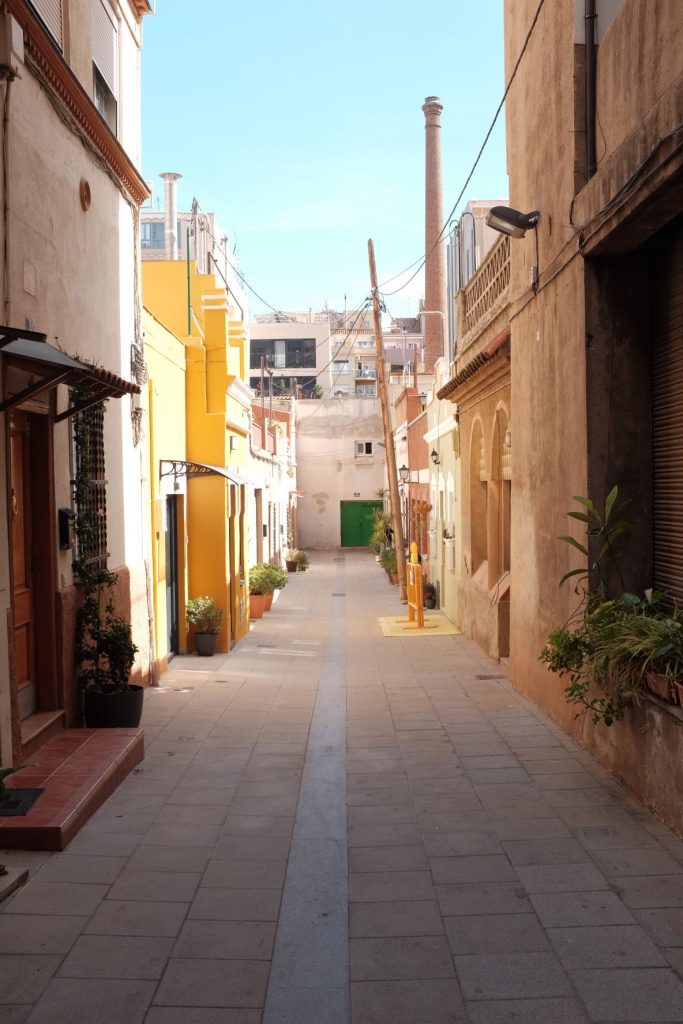
#8. Deal with the Unexpected.
There’s an old saying that’s goes “expect the unexpected.” Great advice when it comes to a delayed train in the UK, not great advice when the stewardess starts serving nuts on a nut-free flight. I’m much more proactive in my approach: deal with the unexpected.
When we were in Barcelona, we went to a tapas restaurant that had indicated it was a safe option from their website. Turns out, their menu was seasonal. The menu we were presented once we sat down was very, very different than the one online. It had all sorts of fusion cuisine, there were nuts and fish all over the menu. I thought to myself… “Hm we might need to walk out, but let’s see.” Our waitress María approached the table and asked if we were ready to order. I replied (in Spanish) that I first had a question, and I went about explaining my allergies. As I went down the list, her eyebrows furrowed deeper and deeper. At the end she said, “Okay let’s take a look.” And then to my absolute delight and surprise, we went jointly through the menu and figured out which dishes would be safe to eat. She knew every hidden ingredient like oyster sauce in their eggplant dish or sesame oil in their pork gyoza. They even went so far to replace one sauce from one dish with another (safe) sauce from another dish. She even came back with bad news about one dish, saying the sauce had a “may contain” statement with one of their ingredients.
Turns out María also works the kitchen in the mornings. That helped. She was also very fluent in English – that also helped. But I also proactively told her about my allergies before ordering, because I wanted to know: is there anything safe for me to eat here? If not, that’s okay, we can go elsewhere, this was unexpected. But she absolutely made it work. (Shoutout María at The Sopa Boba in Barcelona, you were incredible).
By proactively dealing with the unexpected – speaking up, establishing clear boundaries, saying something is okay or not okay, and clearly explaining what’s going – I’m able to make sure the unexpected is more of a friend than an enemy. I’ve never had a perfect travel experience. I was surprised to have nuts served on a train trip while in Italy (for me, not a big deal since I’m not airborne allergic but still very unexpected). I was surprised to learn a pub in Boston fried their chicken in the same friers as their fish even though they barely served fish. I was surprised to learn a small burger joint in San Francisco used nuts in one of their sauces. I was surprised to learn Delta Airlines likes to serve pistachios to their business class clients. I was surprised to learn a dinner joint in Whitefish MT was completely safe for me to eat even though I had a lot of doubts. I was even surprised to learn a sandwich joint down the street from where I live was completely a nut- and sesame-free kitchen!
Anyway. My point is that the “unexpected” is always going to crop up. You might expect it, sure, but the stakes on allergies are much higher than a missed train or a delayed flight. It’s best to stay proactive and let the journey take you where it may. For what it’s worth, that might include a stop at a 2nd restaurant that’s actually safe for you to eat at.
#9. Don’t Fake the Language.
Ah, a tale where I totally messed up.
I learned pretty quickly traveling in Italy that it was easier to explain my allergies in Italian than in English. Something about the language barrier there just left me ill-at-ease explaining my allergies in English. So I figured out how to explain what I was allergic to in Italian.
Here’s the scene: we hit up a local joint while in Venice. After we order a small snack and a couple drinks, I explain to the waiter (in Italian) my allergies. He says something that sounds a lot like what I’ve heard previously – that they use sesame in the kitchen but it won’t be on the food. I said that was fine. When the food was served, the bread had sesame all over it! I realized my mistake immediately. I whipped out my translate app, I apologized for the misunderstanding, but queried again about the allergies. And he came back in mostly-broken English, but sounding plenty frustrated: “I told you the bread had sesame! You said it was fine!” Whoops. We sent back the food, finished our drinks, and moved on.
Lesson learned. Moving forward, I told future waiters: “I don’t know how to respond to this in Italian,” then used my Italian phrase for my allergies, and then looked at them expectantly. That seemed to do the trick! I always got a response that intermingled the Italian words for the allergies with English explaining the dishes and they did a much better job handling everything.
When I traveled to Barcelona, I did not make the same mistake. I was practicing Spanish for plenty of time before visiting and I felt comfortable carrying on a conversation. I knew the context clues while ordering and I understood what people would say (in their infinite variations) even if I wasn’t totally fluent. That served me very well again – I felt very safe ordering, every waiter or waitress immediately understood my order, and we could carry on a short conversation about what was safe/why/etc.
So don’t fake the language.
A supplemental idea here – learn how to talk about your allergies in the local language. The core concept here is I want clear communication. If their English isn’t fluent, I think it’s a dumb risk for them to understand the English words for my allergies. I want to explain to them, in their language, about my allergies. That’s clear communication. In Spain this was superbly important because every single waiter understood los frutos secos or frutos de cascara (tree nuts) – it’s a top allergen to be labeled on food. Soy alergíco a los fruto secos… is a great a way to get their attention. You’re saying: this is important! If I said “I have an allergy, to all tree nuts” it’s possible I wouldn’t achieve the same amount of clarity. They may hear “nuts” and think nueces which in Spanish is technically only walnuts (although there’s some regional variation about whether that translates to just walnuts).
I want them to be able to go back to the kitchen and clearly communicate the same thing I told them, and if that requires a little bit of extra work on the front end to learn some context words, and practice it a few bajillion times, then I’m going to do it. Still – don’t fake the language!
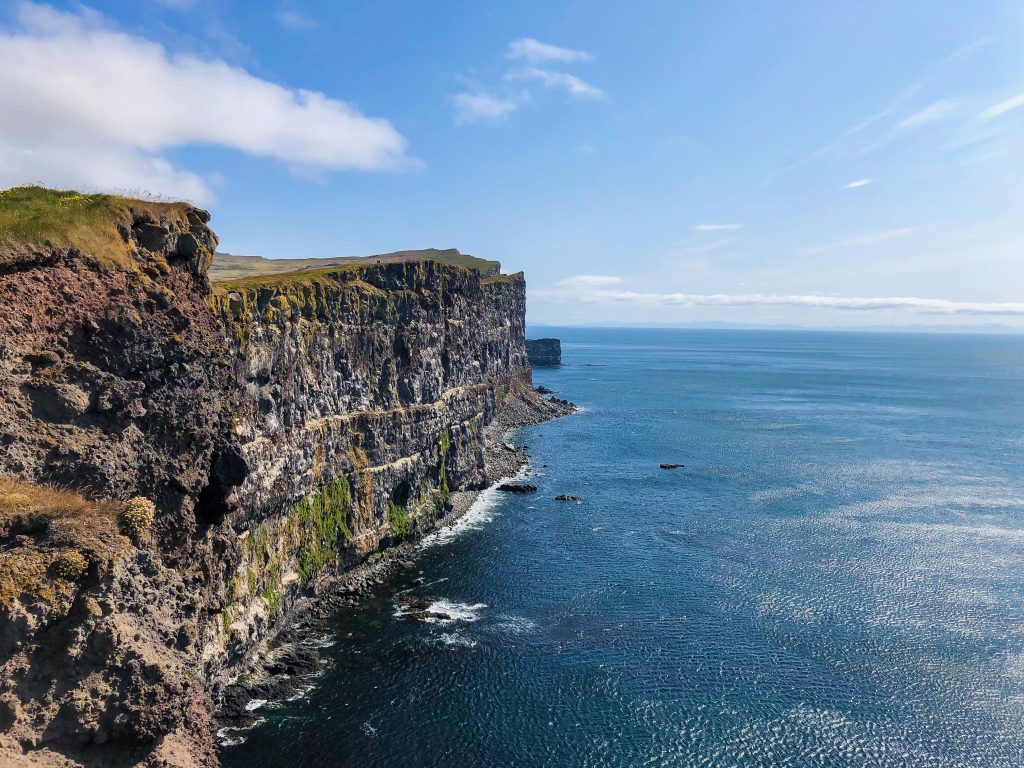
#10. Use Your Tools.
Whip out that translator app. Hit up the local grocery store. Stay at hotels with a kitchen (or at Airbnbs that don’t have outrageous fees). Mark your allergy with the airlines. Bring a backpack and carry a snack. Ask questions. Invite friends over instead of going out. Eat at the local fast casual place you know has a safe option.
When I travel to Boston for work, I usually stay in an Airbnb instead of a hotel. It’s usually more cost appropriate and I get a kitchen. I can walk to a local grocery store, buy food for (at least) breakfasts for the week, and store them in the fridge. I travel by myself for those work trips, so this makes it really easy to always have a safe breakfast option without having to navigate a local cafe. There are some hotel chains that also offer a kitchen ensuite, which would suffice.
I think of my planning decisions for a trip – the type of hotel, the airline, the location, the activities – as building a “menu of possibilities.” Depending on my choices, I get different menus. The hotel I stayed at in Whitefish? Had a mini-fridge and a small sink for dirty glasses. That meant all of my food was going to be at restaurants or takeaway. Meanwhile when I was traveling Scotland, I stayed at a beautiful little Airbnb with a full kitchenette. I stopped by the local co-op to pick up food for the days I was staying there and now I didn’t need to worry about food unless I was out hiking some munroe.
Making sure you have everything you need beyond the basics of your medication is so crucial to ensure the trip goes well. I did not walk around Barcelona without having the Spanish and Catalan languages fully downloaded inside my Google Translate app. It’s a tool! I might need to use it.
When I was in Tampa, I found a local Chipotle to eat at for a pre-meeting meal. A classic, safe option for my food allergy set. I knew they’d have safe options. Could I have hit up a local joint? Yeah, maybe. But I wasn’t in the mood and I thought – why not use the tools in front of me? Let’s go to Chipotle.
En Fin
None of these rules or principles have prevented me from running into trouble.
I still have waiters reject orders at restaurants, saying they aren’t safe. I still have to explain my food allergies everywhere I go. I still need to read ingredient labels. I still have those couple minutes of anxiety, trying something new that I’ve never had before and wondering if somebody messed up.
Those things never really go away. That’s life. That’s just how it is. Yes, colleagues who don’t have any prior knowledge of my allergies always ask about it once I bring it up with the waiters. Is it tiring to explain it for the 5,000th time in my life? To answer their questions about how severe it is, when I first learned about it, and whether I carry an auto injector? Actually yeah. It is, a bit. But I also know that it comes from a place of curiosity and care. So I share a bit more than I feel like and our bond grows a little bit deeper.
I know I’m lucky that I don’t have such severe allergies that it might prevent me from hopping on a plane in the first place. I know a lot of this is possible because I like to spend an inordinate amount of time on research. But these things have kept me safe and I hope they help you on your next trip!
Bon voyage 🙂
PS – Here are a few other ideas that didn’t make the final cut for this article but I do feel are important to mention:
- Be mindful of what your date is eating, it will become important later in the night (if the date goes well)
- Always carry a snack that you know is safe, even if it means bringing it through TSA
- Bring Rx paperwork just in case
If you want to read more about international travel, eating out, and other previous experiences, check out:


